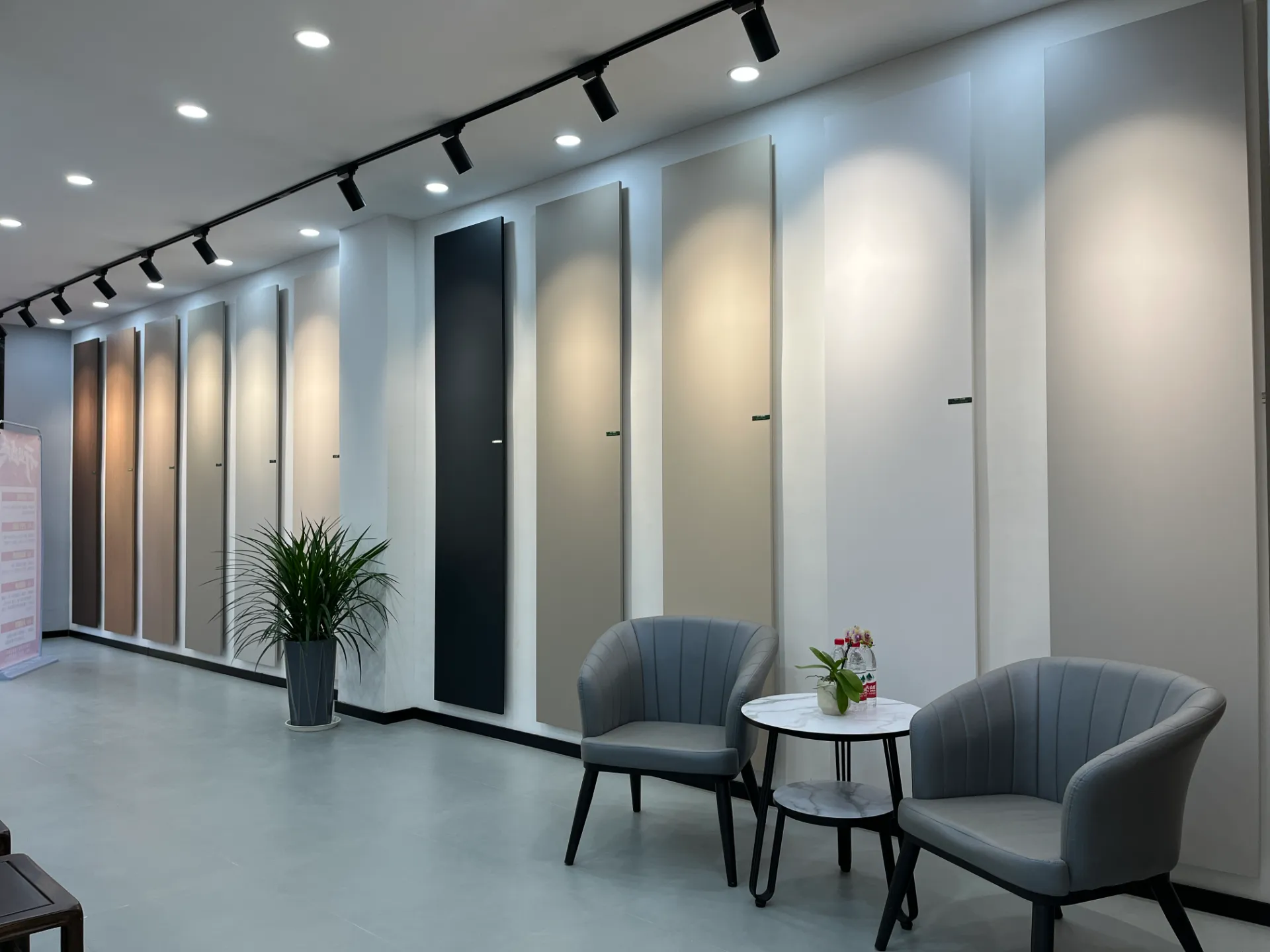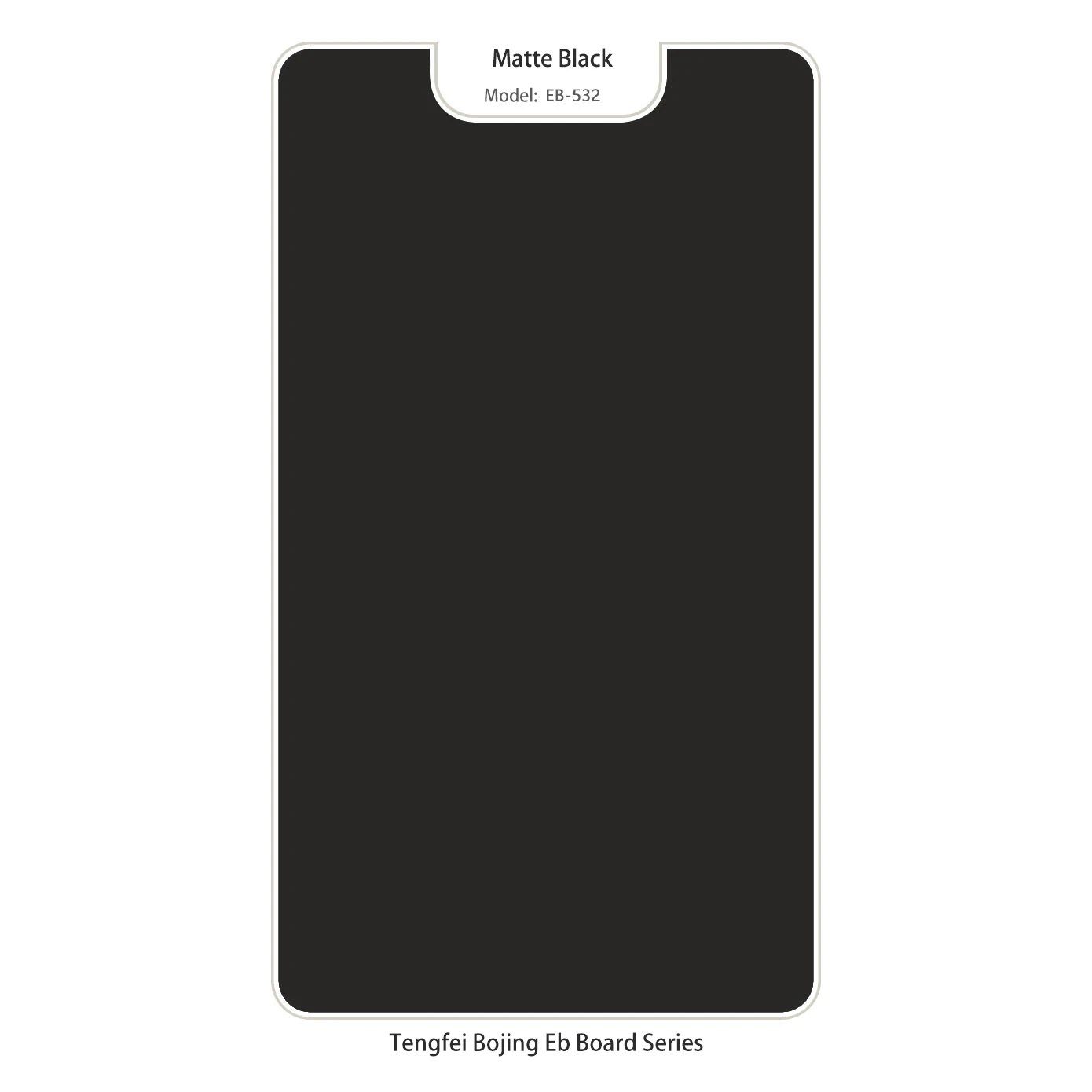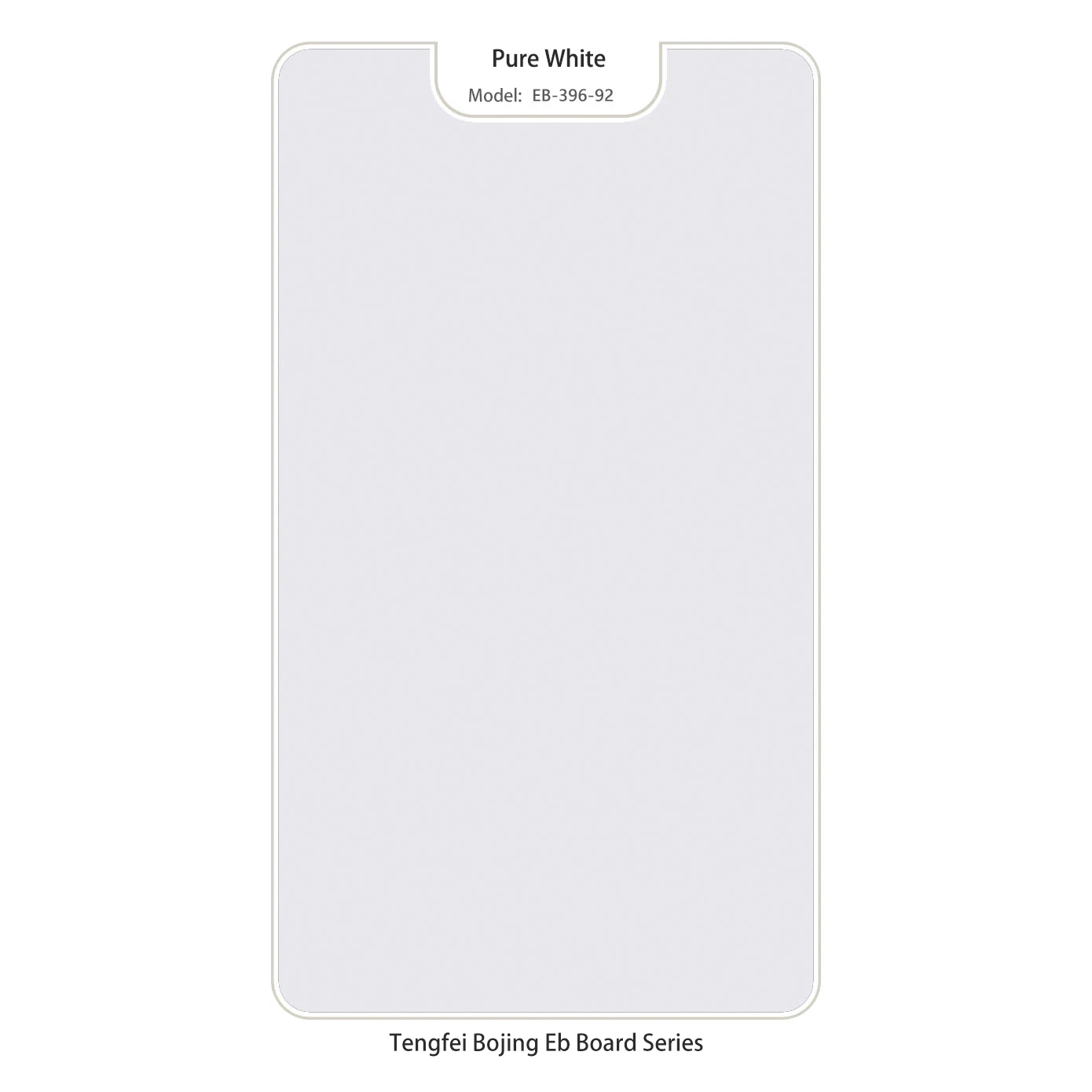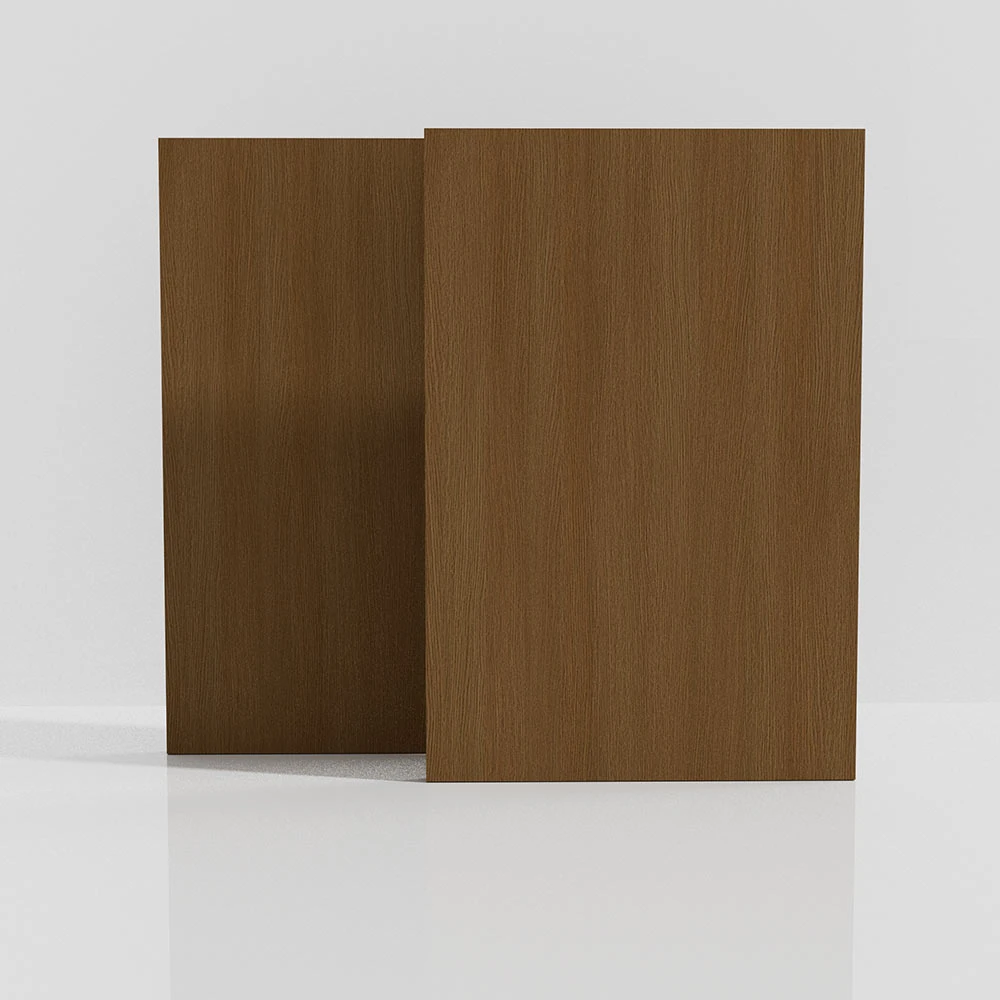Interior design continues to evolve with a strong focus on natural textures and refined finishes. Among the most sophisticated materials used in cabinetry, wall paneling, and furniture detailing, wood veneer stands out for its ability to combine the beauty of real wood with cost-effective versatility. Whether you're designing custom furnishings or renovating a space to reflect modern luxury, the use of select veneers like burl wood veneer and dark wood veneer sheets provides an upscale finish that appeals to both aesthetics and performance.

Interior Designers Turn to Dark Wood Veneer for Depth and Drama
Designers aiming to achieve richness and warmth in a space frequently turn to dark wood veneer to create a sense of intimacy and grounded luxury. The mid-range to deep-brown tones evoke calm, professionalism, and refinement. Whether applied to walls, built-ins, or tables, dark wood elevates a space with a mature aesthetic that resonates in executive offices, luxury boutiques, and formal living rooms. Its compatibility with both matte and gloss finishes gives designers freedom to tailor ambiance to client expectations.
Rich Texture Meets Versatility in Dark Wood Veneer Sheets for Any Application
Versatile and dimensionally stable, dark wood veneer sheets offer a manageable solution for projects requiring precision. Available in flexible backings like paper or fleece, these sheets are ideal for cabinet refacing, headboard cladding, or detailed inlay work. What sets them apart is their ability to deliver the depth and nuance of dark woods like walnut, ebony, or wenge without the cost or weight of solid timber. Their consistent thickness also makes bonding to substrate materials easier during manufacturing or custom carpentry.
Style and Structure Unite in Decorative Veneer Plywood Panels
The perfect marriage of strength and sophistication, decorative veneer plywood merges the visual appeal of natural veneer with the structural reliability of engineered plywood. These panels are widely used in architectural millwork, retail fixtures, and residential interiors. They offer a time-saving, ready-to-install solution that retains the charm of genuine wood without compromising form or function. Whether laid horizontally or vertically, this material transforms ordinary surfaces into architectural features.
Why Choose Veneer Over Solid Wood for High-End Projects?
Using veneer allows for greater resource efficiency while maintaining the look of luxury. Because veneers are thin slices, one log can be used across multiple applications, minimizing waste. Additionally, veneer products tend to be more stable than solid wood, resisting warping and cracking over time.
Customization Possibilities with Veneer Technology
Today’s veneer sheets can be dyed, pressed, and laser-cut to match any aesthetic vision. This adaptability makes veneer ideal for environments that need to blend legacy with innovation, like boutique hotels or custom yachts.
Sustainability Considerations in Veneer Selection
When sustainably harvested and properly manufactured, veneer products are an environmentally friendly alternative to solid timber. They reduce logging demand while preserving the appeal of natural textures in interior spaces.
Burl and Dark Wood Veneer FAQs
Q: What’s the difference between burl wood veneer and burr wood veneer?
A: The terms are often used interchangeably. "Burl" is the American spelling, while "burr" is more common in Europe. Both refer to the complex, knotty grain pattern formed by abnormal tree growth.
Q: Are dark wood veneer sheets suitable for DIY projects?
A: Absolutely. Many sheets come with adhesive backing or flexible substrates that are ideal for cabinet refacing, panel replacements, or even art projects.
Q: Can decorative veneer plywood be used in humid environments?
A: Yes, especially when sealed properly or manufactured with moisture-resistant core materials. Always check specifications based on the intended use—bathrooms and kitchens may require marine-grade options.
Q: Is there a noticeable quality difference in low-cost veneer?
A: Yes. Lower-cost veneers may lack uniformity, durability, or proper backing. Investing in high-quality burl wood veneer or dark wood veneer sheets ensures better finish, longevity, and easier installation.
Q: How do I maintain veneer surfaces over time?
A: Regular dusting, avoiding excessive moisture, and using gentle cleaners will keep veneer finishes looking new. Avoid abrasive materials or ammonia-based products, which can damage the surface layer.



